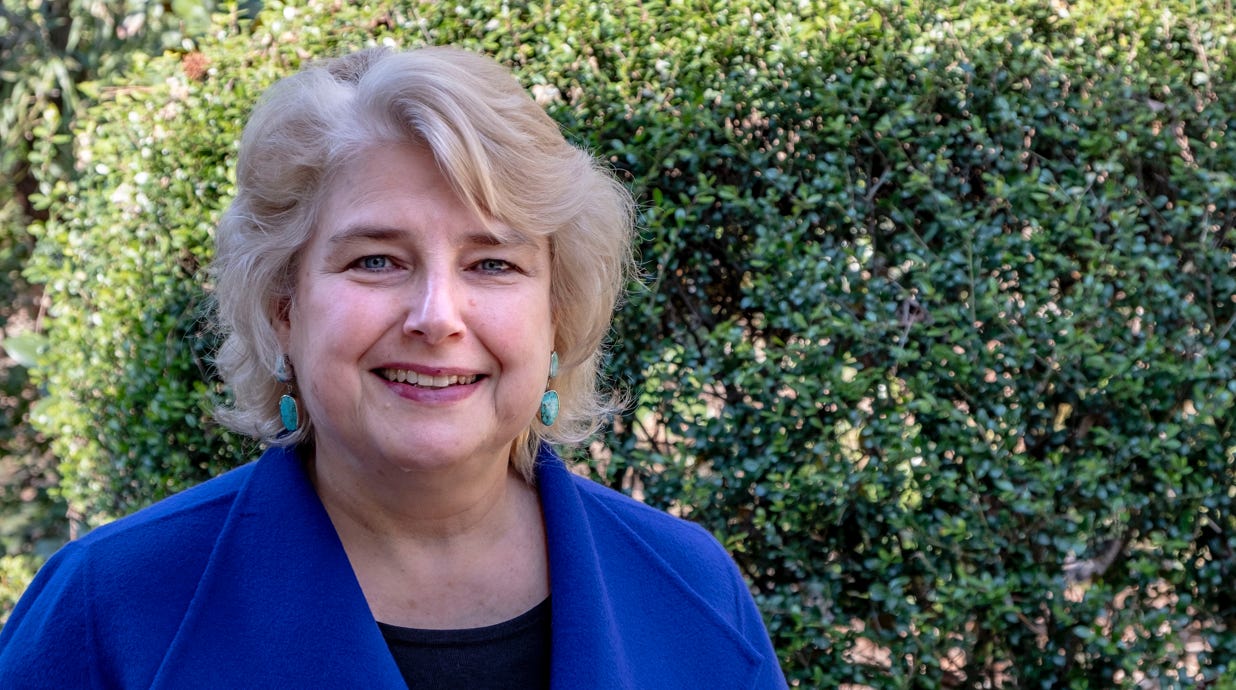My poems are grounded by place and history — geologic to present. A.R. Ammons, with whom I studied as an undergraduate, suggested that “poetry is a walk.” In my poems I try to achieve a walk of empathy for what place embodies — water, mountains, land, people — and what against the span of time has happened, what has “taken place.”
I am particularly captivated by short form poetry, its Eastern economy, intricacy as a language puzzle, haiku-like power as it rises from the page. Terrance Hayes suggested I strive to make my work “more messy” and that perhaps I would find the quality of “crafted rawness” a means to infuse my poems with even higher tension and length. My first book is a collection of short and many long poems that as a whole make up a long poem sequence.
In The Ocean Cannot Be Blue, I attempted to create the effect of a dialog, as if through antiphonal choirs, on the changing and unchanging nature of place and perceptions of each other in our national conversation over time. The book was inspired by my reading of Mildred Loving’s 2008 obituary in The New York Times, and the realization that her familial and legal trials had allowed me my choice in marriage. The idea for the book-length sequence came in the way that Edward Hirsch describes poetic craft: as an “unfolding,” and a “conversation of the solitudes.”
In current work, I explore themes of being a citizen of the world, of home, travel, exploration, and findings in science and art. I also look to experiment more with internal, off and perfect rhyme, which A.E. Stallings refers to as “echolocation” within poems, and which for me, as person and poet, embodies place, knowing of others and constancy of self.
